Most civilizations inherited perceptions that support the withholding of knowledge. In the old days they had two burdens. The first one was the limited ways of the knowledge transfer. Anyhow the knowledge itself in the first place was really scarce. The second burden was the fear that this knowledge would reach the hands of the enemies or the hands of the public. This was threatening them the loss of their superiority. Nowadays, those two limitations dissolved from the real life but had left some traces in the subconscious mind of all. Those subconscious traces are actually blocking the seamless knowledge transfer.
To facilitate seamless knowledge transfer make the data, information and knowledge available in a structured way. We shall walk this way step by step here. Anyhow, even with all the data sources open for everyone, few of them will notice the available resources. Moreover fewer people will put their hands out to grasp this available data.
Is it Data or Information or Knowledge that we need to transfer?
If we plan to facilitate the transfer of knowledge, we want to know the difference between data, information and knowledge? Then, what is the Knowledge that we need to transfer?
Let us start by a simple example and build upon it. The production planning team told you that there will be one maintenance day available for each machine per month. That’s data, Which is the plain fact. Another set of data is the maintenance activities for each machine and its cycle. Those are also plain facts stated by the manufacturer.
Keep in mind that what you consider as data that needs some work from you is some other team’s or the manufacturer’s information to you based on their knowledge and experience!!!!!
Then you start to distribute the maintenance activities needed for each machine along the months. What will be be done every month, every 3 month and so on. That’s information, which is the data when organized and structured..
Combining this information with awareness, theoretical and practical understanding creates Knowledge which will allow you to refine the maintenance schedule. You know from experience that those two tasks can not be performed together. Or you know from experience that they should be performed together, otherwise a lengthy piece of job will be repeated. Example, you want to change the roller bearing on the next maintenance as a preventive action (Cycle). Meantime, the coupling is causing some vibration and the rubber fingers needs replacement this month. In both task, you will remove the motor and realign it. Then from Knowledge i.e. experience you will change the bearing one month earlier to save the motor removal on two consecutive repair days.
That’s Knowledge, which is the objective information from understanding and experience that helps in reaching conclusions.
We need to grant everyone of our team an access for all of them. But, How??
Let us walk through the facilitation of accessing the data, information and knowledge through an example.
The location of what your team needs from manuals, documents, tools spares and even the location of equipment at field is data. So for a new comer you need to provide him this data so he can find his way. This data are plain facts but vital. As fast as you make it available to any new comer , this will be reflected to his adaptation to the maintenance team.
When you provide your team with a list of the documents and its content, the spares, the tools and the equipment, you give them information. As we had said information is the data when organized and structured. This way they can access easily a specific document and find a spare part or a tool. By the way, it would be of no meaning to know the ID of the spare part needed when parts are randomly placed on shelves so you can’t find it easily.
The knowledge is the link between all those things. When an equipment needs repair, finding the troubleshooting procedure, the relevant drawing and the needed spares that’s the knowledge.
This knowledge is gained from spending some time comprehending the available data and information, linking them together. Then, we apply what we had understood and linked together. The result of this practice is a feedback that the information and knowledge gained from study are correct or needs correction. That’s the experience.
Creating accessible records for the data and the information is the only way to ensure seamless knowledge transfer.
Documentation & Compliance to use/update it are the keys to ensure knowledge transfer.
You can find more deep talks about documentation in our previous chats Maintenance 101 : Documentation and Stop looking for a Maintenance System to parent you.
First step, you need to prepare the needed documentation. We had covered the details of the documentation and how to find and collect them in this training course. Click this link to learn more about it.
Second step, you need to make the auto initiation and feedback recording easy and fundamental part of the maintenance process, How? You can find it in detail in the Fundamental Blocks to build a Maintenance Program.
After that, you need to create a believe-mentality in the new parts of the maintenance process. You can do this by selecting pilot areas and some pioneer members for the application. Moreover, you need to find the gaps of you existing system by going through the checklist in this course.
The tendency to comply with new ways or to reuse abandoned procedures differs between different team members. Everyone is having his own initiative to follow or intentionally overlook the updated instructions or requests. The reasons why? will be covered in our next chat. Meanwhile, keep in mind those 4 steps:
- Prepare the needed documentation
- Create an easy way to initiate and record maintenance feedback
- Select a pilot area and pioneer members for the test team
- Accept the different response of your team members
And, you can join this training course for more in-depth insights.
In Conclusion,
To maintain a healthy work place, you need to create a seamless knowledge transfer. How to create a knowledge transfer environment? We had covered the four steps to it in this chat. How the work place looks like when hiding the knowledge? That’s what we had covered in the previous chat. And in the following one we shall see why your team might hide some of their knowledge and some solutions. Stay safe and enjoy your hot coffee blessings..
If you feel you need help with any of these elements,
Either join our course on Udemy or,
If you feel you need help with any of these ideas we discussed, request a Management Consultancy or Coaching Services From our Store

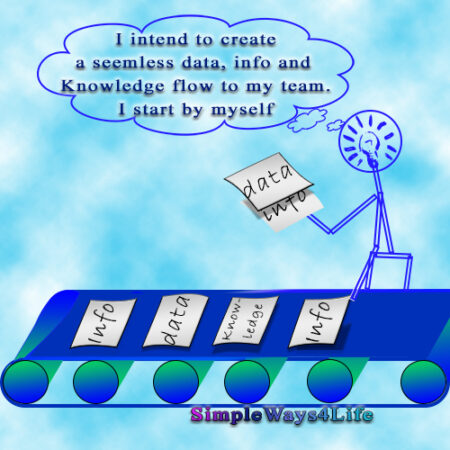


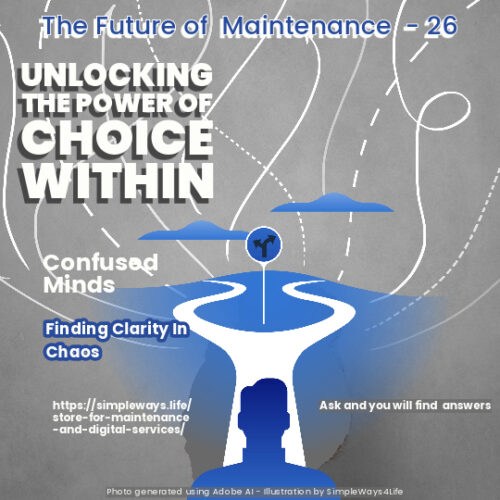
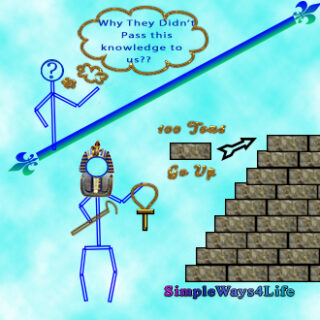
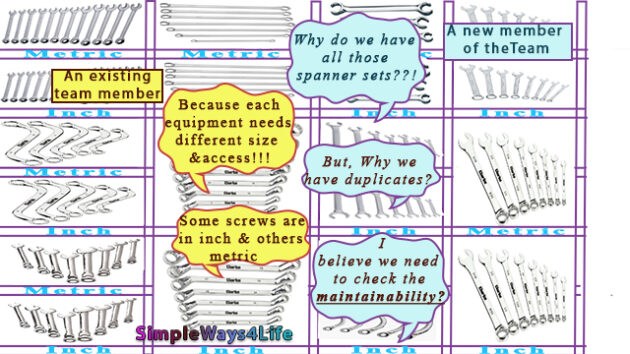
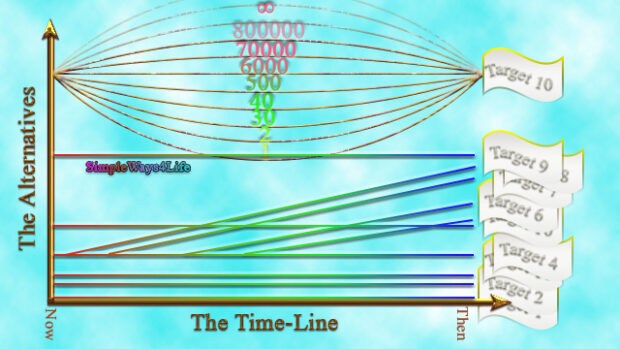
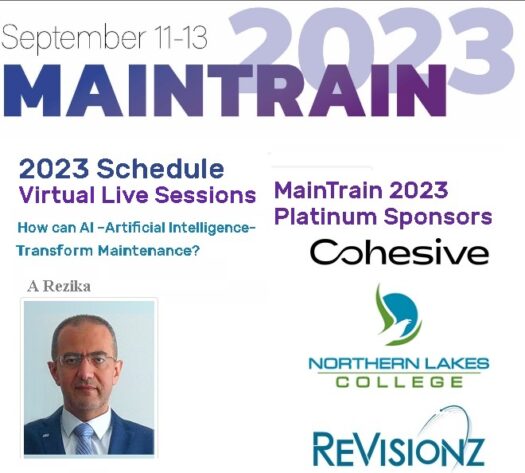

4 Comments